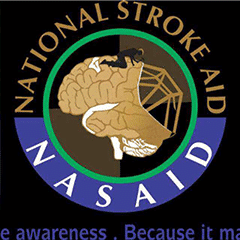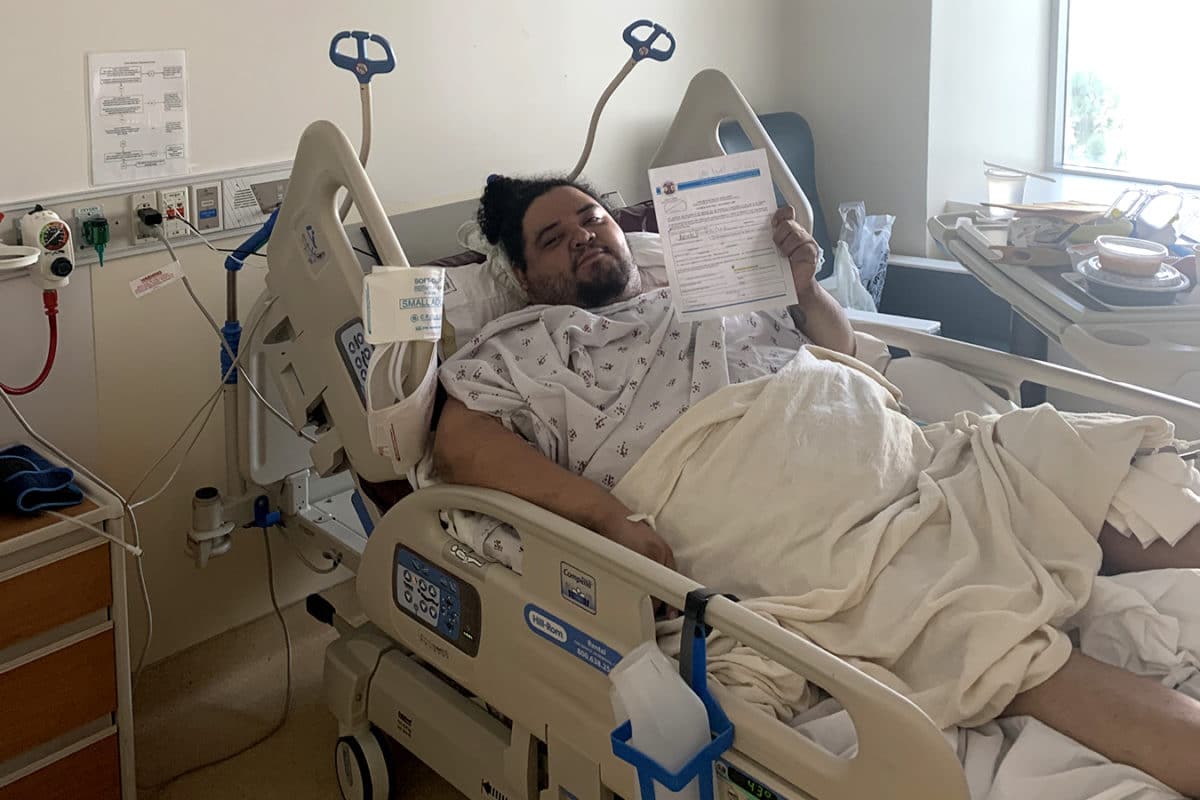Watching your child get diagnosed with a health condition and adjusting to the new realities of life with a child with a medical condition can feel overwhelming and frightening. If your child just received a diagnosis, you may worry about what the future holds or seek out a sense of hope that everything will be OK. Here are five gentle reminders for anyone whose child was just diagnosed with a disability or chronic illness.
1. Your child is still the same child you’ve always loved.
When your child receives a new diagnosis, it may be easy to view them through the lens of their medical condition, especially if you’re constantly worried about their future. Your child, though, may not know the difference between life before and after their diagnosis and might not remember this moment later with the same emotional weight you do. Your child is the same incredible child you’ve always known and loved — you just happen to have a name for the symptoms you’ve observed in them. Loving your child the same way you always have can help you process that a disability or chronic illness likely won’t change who your child is and may also quell some of your fears about what’s to come in your child’s medical life.
2. You can share your child’s diagnosis on your own time.
You may feel pressure to immediately open up to your loved ones about your child’s diagnosis, even if you don’t yet feel ready to share. On the contrary, you may feel like you shouldn’t share your child’s diagnosis and might worry about how and when others will find out. As a parent to a child with a new diagnosis, you have every right to share about your child’s medical condition on your own time. If you need to grieve your child’s diagnosis before you share or feel like you’re just not ready, take your time. If you’d prefer that others know about your child’s health immediately, update your loved ones as soon as you want. How and when you choose to share about your child’s chronic condition is your decision and no one else’s — and there’s no wrong way to go about it.
3. You will figure out how to adjust to the realities of a new diagnosis.
A new diagnosis for your child can come with a myriad of extra responsibilities and commitments, and at first, you may wonder how you’ll juggle it all. Learning new terminology at specialist appointments, taking your child in for therapies, and researching procedures that could help your child may leave you feeling completely overwhelmed and afraid that you aren’t a good enough parent to your child. With time, though, you will likely adjust to the realities of parenting a child with a disability, feel more comfortable in medical settings, and even feel compelled to help other parents who are navigating the same emotions you’re feeling now. The raw emotions you feel today won’t last forever, and you’ll settle into this new life as time goes on.
4. Even if your loved ones pull away, you’ll find others who will stay.
As you begin to share news of your child’s health condition with family and friends, you may find that some of your loved ones feel hesitant or distant when you need them the most. You may wonder if you did anything “wrong” to push them away or if your relationships will ever feel as natural as they did before your child’s diagnosis. If you notice that your family or friends don’t seem to understand your life as a parent of a child with a disability, try not to give up hope. The people who will stay by your side on their journey will likely genuinely want to understand your child’s condition and needs, and they may even become closer friends than ever. You may also find plenty of other parents of children with disabilities who will understand your rapidly changing life and the challenges you and your child face — and those are the bonds that can last a lifetime.
5. Your child will continue to amaze you.
After you receive your child’s diagnosis, you may feel like all of your future hopes and dreams for your child are dashed, but even if you need to adjust some of your goals for your child, your child is no less incredible. Parenting a child with a disability may help you notice milestones other parents may not fully appreciate, and those moments might just remind you how incredible your child is. Even if you have to put some parenting dreams on hold because of your child’s condition, your child may constantly surprise you, surpass expectations and show you just how capable they’ve always been. Your child’s diagnosis may set them on a new life trajectory, but they will still give you new reasons to celebrate how amazing they are every day.

















